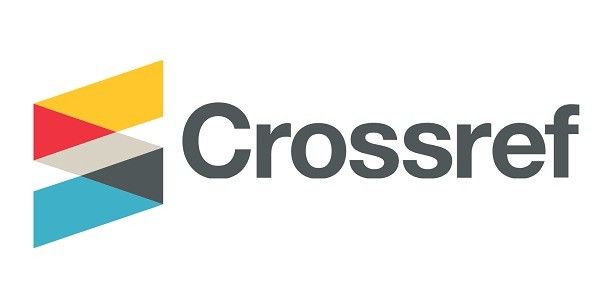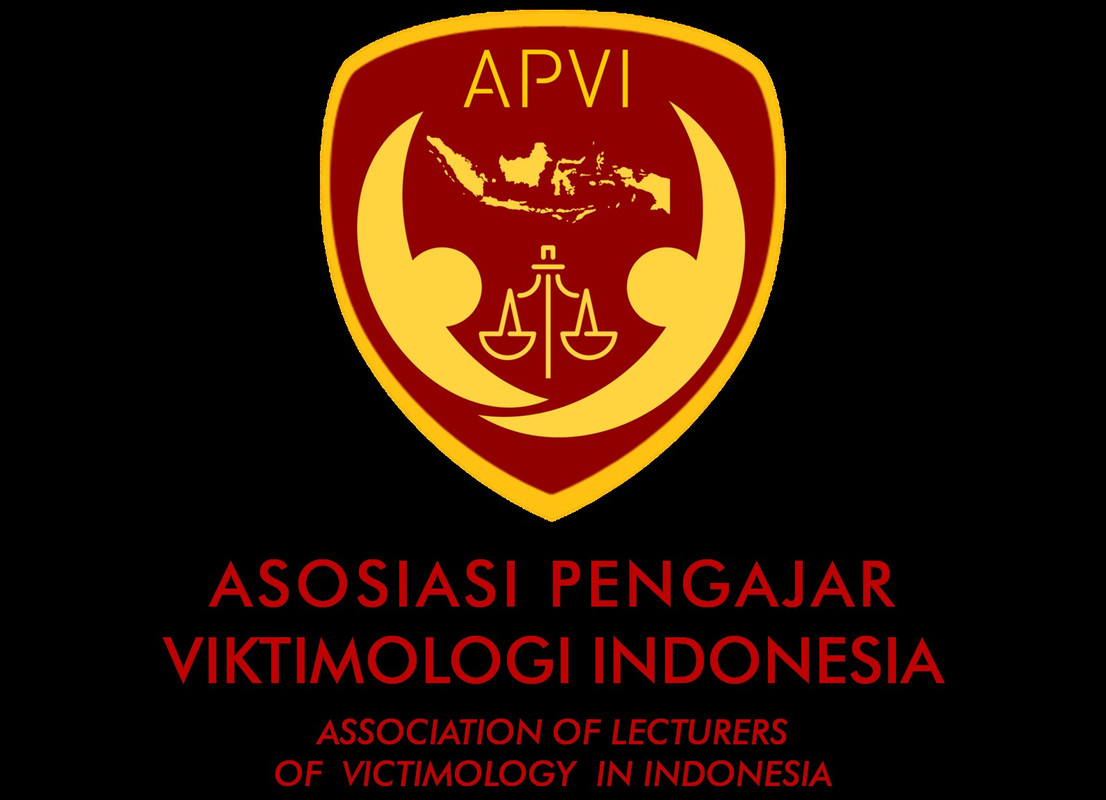Analisis Fenomena ‘Tinder Swindler” pada Aplikasi Online Dating Menggunakan Lifestyle Exposure Theory
Abstract
Keywords
Full Text:
PDFReferences
Buchanan, T., & Whitty, M. T. (2014). The online dating romance scam: causes and consequences of victimhood. Psychology, Crime & Law, 20(3), 261-283. DOI: 10.1080/1068316X.2013.772180
Christie, N. (1986). The Ideal Victim. In: Fattah, E.A. (eds) From Crime Policy to Victim Policy. Palgrave Macmillan, London. https://doi.org/10.1007/978-1-349-08305-3_2.
Curry, D. (2022). “Dating App Revenue and Usage Statistics” Business of Apps. 24 May. Diakses melalui https://www.businessofapps.com/data/dating-app-market/ pada 11 juni 2022 .
Darmawan, Reza K. (2022). Aksi “Tinder Swindler” Indonesia, Tipu Korban hingga Jutaan Rupiah Usai Kenalan lewat Aplikasi Kencan. Diakses melalui pada 24 Mei 2022.
Fansher, A. K., & Eckinger, S. (2020). Tinder Tales: An Exploratory Study of Online Dating Users and Their Most Interesting Stories. s, Deviant Behavior, 1-15. DOI: 10.1080/01639625.2020.1734170.
Ferguson, L., Elliott, M., & Kim, S. (2022). Examining the Connection Between Missing Persons and Victimization: An Application of Lifestyle Exposure Theory. Crime & Delinquency, 0(0). https://doi.org/10.1177/00111287221109768.
Hindelang, M.J., M.R. Gottfredson, and J. Garofalo (1979). Victims of Personal Crime: An Empirical Foundation for A Theory of Personal Victimization. Cambridge: Ballinger Publishing.
Kaakinen, M., Koivula, A., Savolainen, I., Sirola, A., Mikkola, M., Zych, I., Paek, H., & Oksanen, A. (2021). Online dating applications and risk of youth victimization: A lifestyle exposure perspective. Aggressive behavior, 47(5), 530-543. DOI: 10.1002/ab.21968 .
Kshetri, Nir (2005). “Pattern of Global Cyber War and Crime: A Conceptual Framework”. Journal of International Management, Vol. 11 (4), pp. 541-562. https://doi.org/10.1016/j.intman.2005.09.009.
March, E., Grieve, R., Marrington, J., & Jonason, P. K. (2017). Trolling on Tinder® (and other dating apps): Examining the role of the Dark Tetrad and impulsivity. Personality and Individual Differences, 110, 139–143. doi:10.1016/j.paid.2017.01.025
Meier, Robert F. & Terance D. M. (1993). Understanding Theories of Criminal Victimization. Crime and Justice, Vol. 17 (1993), pp. 459-499.
Nyam, I. H. (2021). Tacking Online Dating Scams and Fraud. The International Journal of Humanities & Social Studies. 8(11). 188-193. DOI: 10.24940/theijhss/2020/v8/i11/HS2011-065
Rege, Aunshul (2009). “What’s Love Got to Do with It? Exploring Online Dating Scams and Identity Fraud”. International Journal of Cyber Criminology, Vol 3 (2), pp. 494-512.
Siegel, L. J. (2016). Criminology: Theories, Patterns and Typologies. Cengage Learning.
Sugiyono (2014) Metode Penelitian Kuantitatif Kualitatif dan R&D. Bandung: Alfabeta.
Susanto, Eko. (2022). Akhir Petualangan Penipu Cinta Asal Semarang di Magelang. Diakses melalui .
Vakhitova, Z. I., Reynald, D. M., & Townsley, M. (2016). Toward the Adaptation of Routine Activity and Lifestyle Exposure Theories to Account for Cyber Abuse Victimization. Journal of Contemporary Criminal Justice, 32(2), 169–188. https://doi.org/10.1177/1043986215621379
Whitty, M. (2015). Anatomy of the online dating romance scam. Security Journal 28, 443–455 (2015). https://doi.org/10.1057/sj.2012.57.
Whitty, M. T., & Buchanan, T. (2016). The online dating romance scam: The psychological impact on victims – both financial and non-financial. Criminology & Criminal Justice, 16(2), 176–194. https://doi.org/10.1177/1748895815603773
DOI: https://dx.doi.org/10.36080/djk.1872
Refbacks
- There are currently no refbacks.
Deviance Jurnal Kriminologi is indexed by:








Deviance Jurnal Kriminologi works in collaboration with:



Deviance Jurnal Kriminologi is licensed under Creative Commons Attribution 4.0 International
Editorial Office:
Faculty of Social Sciences and Global Studies, Universitas Budi Luhur, Jl. Ciledug Raya, Petukangan Utara, Pesanggrahan, Jakara Selatan, DKI Jakarta 12260
Tel: (021) 5853753, Email: jurnaldeviance@budiluhur.ac.id






